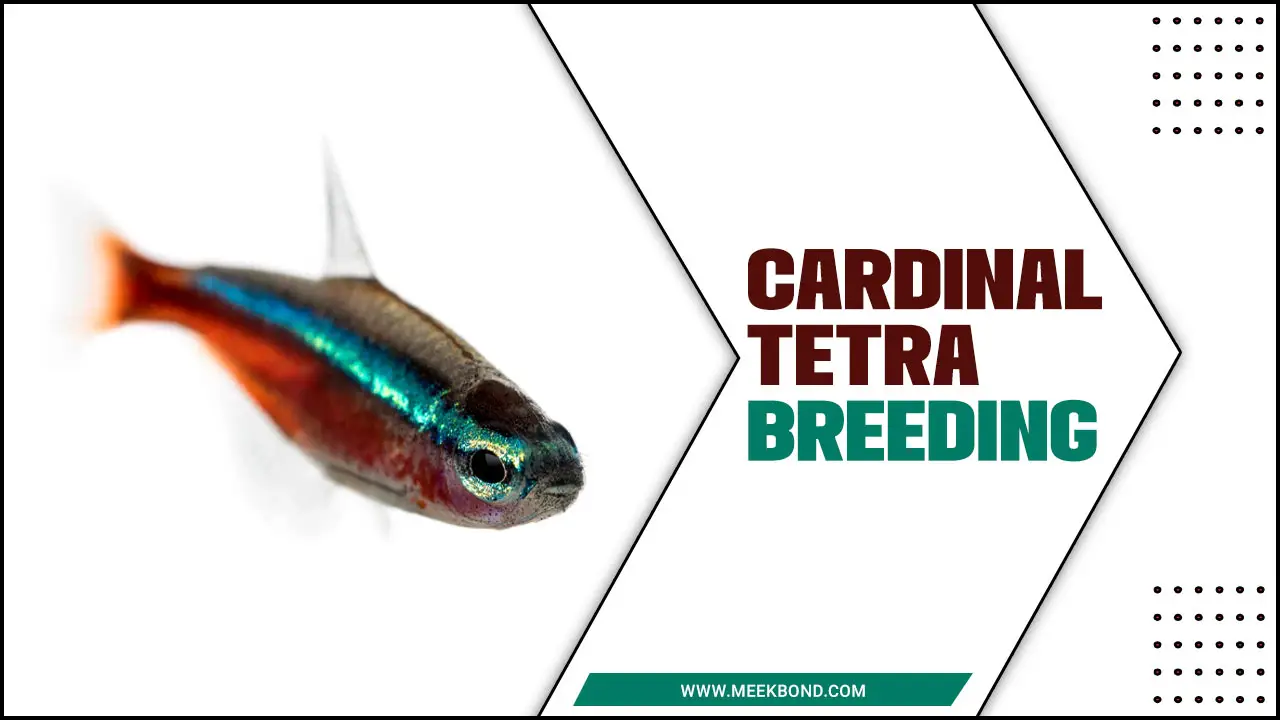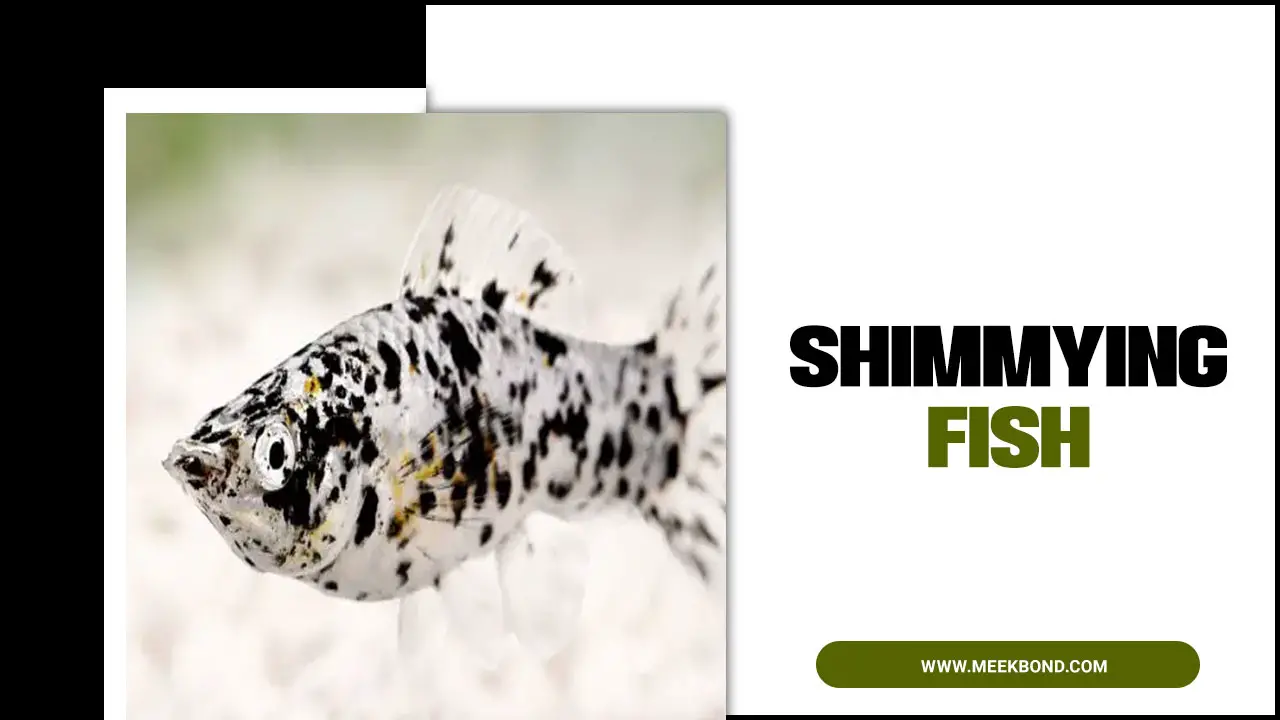Aquarium enthusiasts are always looking for new and exciting fish to add to their collections, and the leopard danio should be considered. This small, lively fish is popular for its striking appearance and active behavior, making it a great addition to any aquarium.
However, keeping leopard danios in your aquarium requires knowledge and attention to their specific needs. Here, we’ll cover everything you need to know about keeping leopard danios in your aquarium, including their ideal tank setup, diet, and behavior.
We’ll also discuss some common issues when caring for leopard danios and how to troubleshoot them. You’ll clearly understand what it takes to successfully keep leopard danios in your aquarium and enjoy these beautiful fish for years to come.
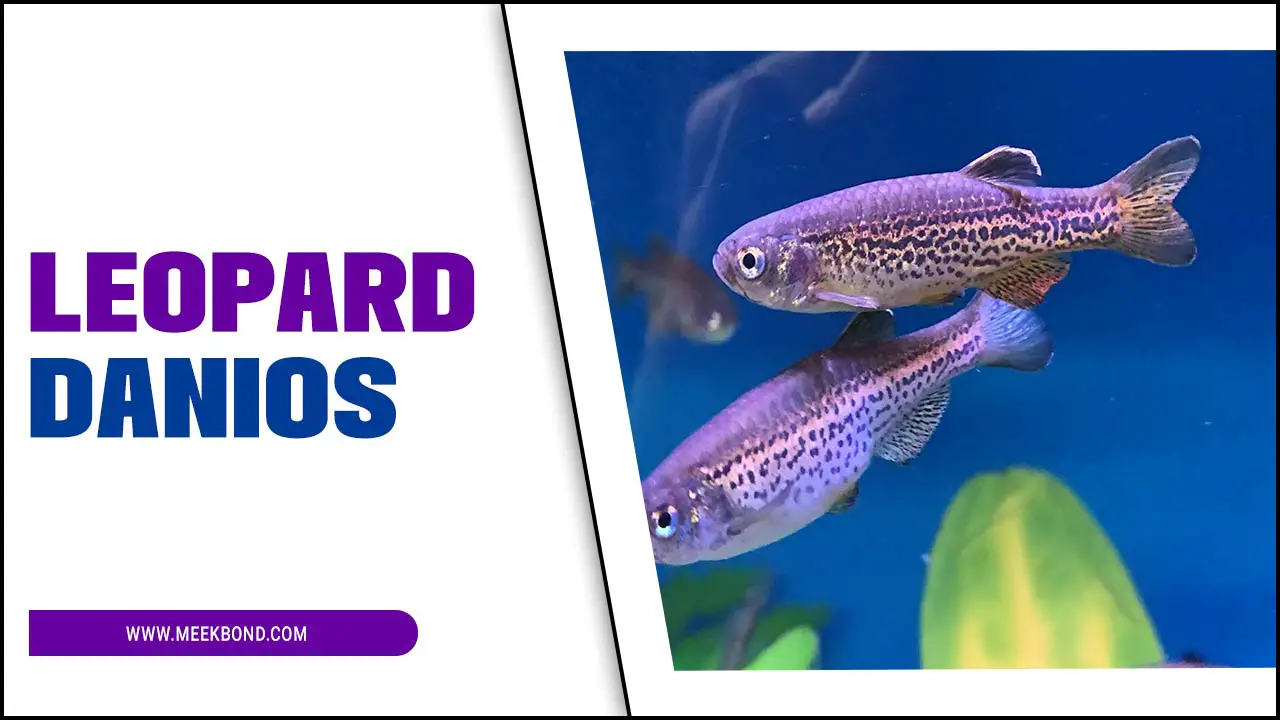
How To Breed Successfully Leopard Danios In Your Aquarium
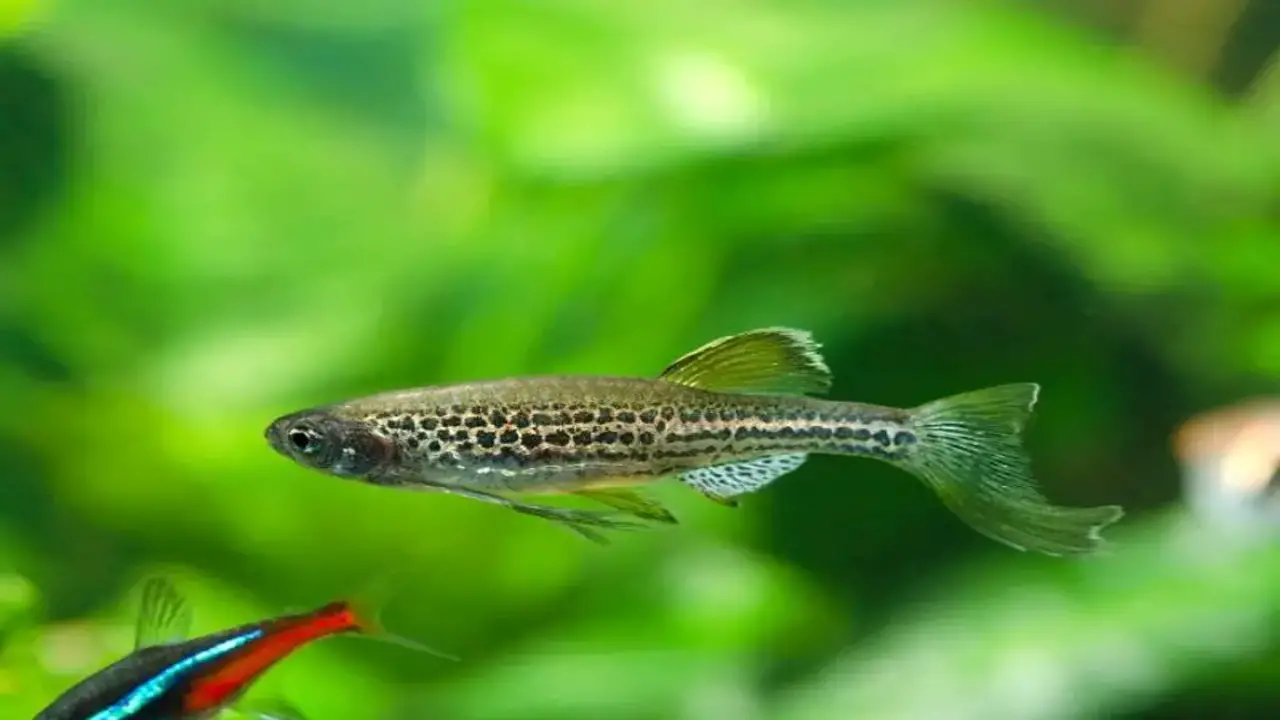
Leopard Danios, also known as Danio rerio var. Frankie, are a popular and beautiful species of freshwater fish. They are native to certain regions of India and Bangladesh and are often kept in aquariums as pets due to their striking appearance and ease of care.
Breeding leopard danios can be a rewarding and exciting experience for aquarium enthusiasts. These small fish, known for their striking leopard-like spots, are relatively easy to breed in a home aquarium. Here are some tips to help you successfully breed leopard danios:
- Provide the right environment: Create a separate breeding tank with clean water, a suitable temperature (around 75-82°F), and plenty of hiding places like plants or caves where the female can lay her eggs.
- Select healthy and compatible pairs: Choose mature and healthy male and female danios that are compatible. Having more females than males is best to avoid excessive aggression during mating.
- Condition the fish: To encourage breeding behavior, feed your danios a varied diet of high-quality foods like live or frozen brine shrimp, daphnia, or bloodworms. This will ensure they are in optimal breeding conditions.
- Introduce the pair: Place the selected male and female into the breeding tank together. Monitor their behavior closely, as the male may chase the female in an attempt to spawn.
- Provide spawning sites: Add fine-leaved plants or a mesh breeding mop for the female to deposit her eggs. These materials will protect the eggs from being eaten by adult fish.
- Observe egg deposition: Once the female has laid her eggs, usually in the early morning hours, remove both parents from the breeding tank to prevent them from eating their own eggs.
- Incubate the eggs: Transfer them to a separate incubation container with gentle filtration and maintain optimal water conditions until they hatch, typically taking about 48-72 hours.
Setting Up The Ideal Environment For Breeding Leopard Danios
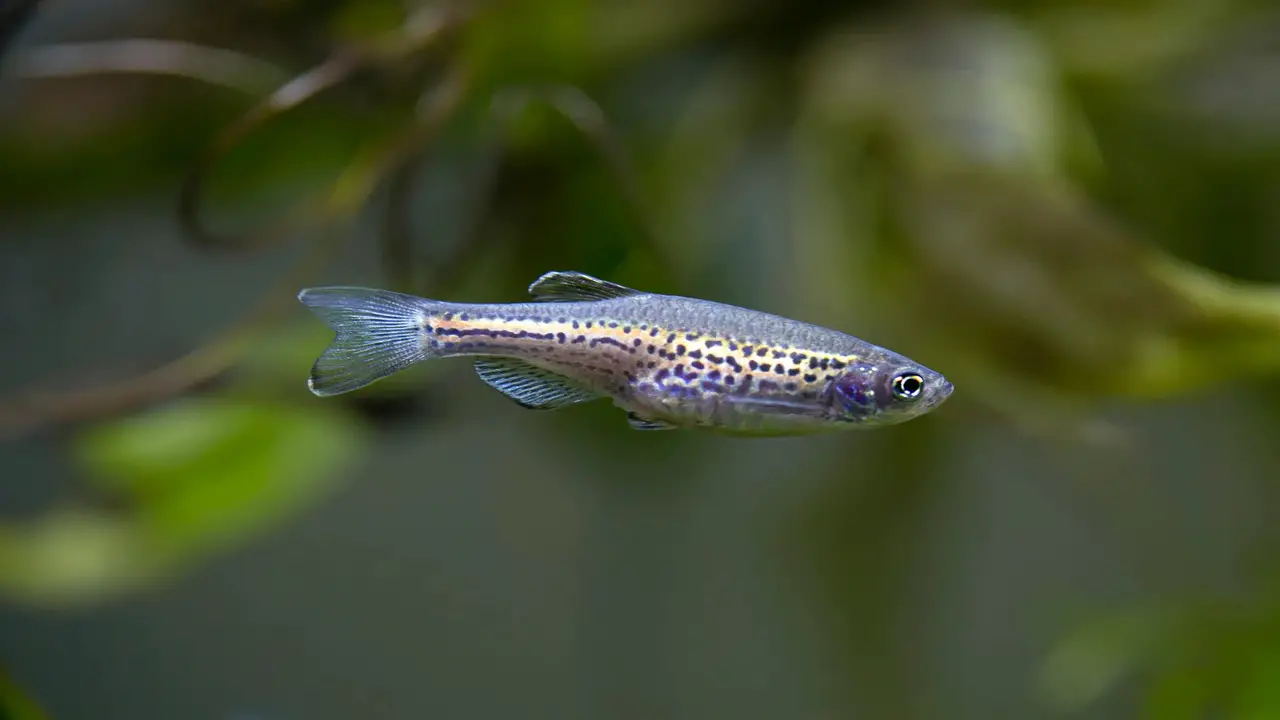
To successfully breed leopard danios, it is important to create the ideal environment. This includes providing a spacious tank with plenty of hiding spots and plants for the fish to breed. Maintaining the temperature and pH levels within a specific range is crucial. Carefully selecting breeding pairs based on vibrant male colors and plumpness in females is recommended.
Offering a varied diet and regular water changes can increase breeding success. Once the eggs have been laid, removing the adult fish from the breeding tank is important to prevent predation.
Selecting Healthy And Compatible Breeding Pairs
When breeding leopard danios, selecting healthy and compatible pairs is crucial. This will help ensure the success of the breeding process and increase the chances of producing strong and vibrant offspring. When choosing breeding pairs, look for individuals free from any visible signs of disease or deformities. Additionally, consider the pair’s compatibility in terms of size and temperament.
Avoid pairing overly aggressive or dominant danios with more timid individuals, as this may lead to stress or aggression during breeding. By carefully selecting healthy and compatible breeding pairs, you can create a favorable environment for successful reproduction and the growth of a thriving leopard danio population.
Creating The Right Conditions For Spawning
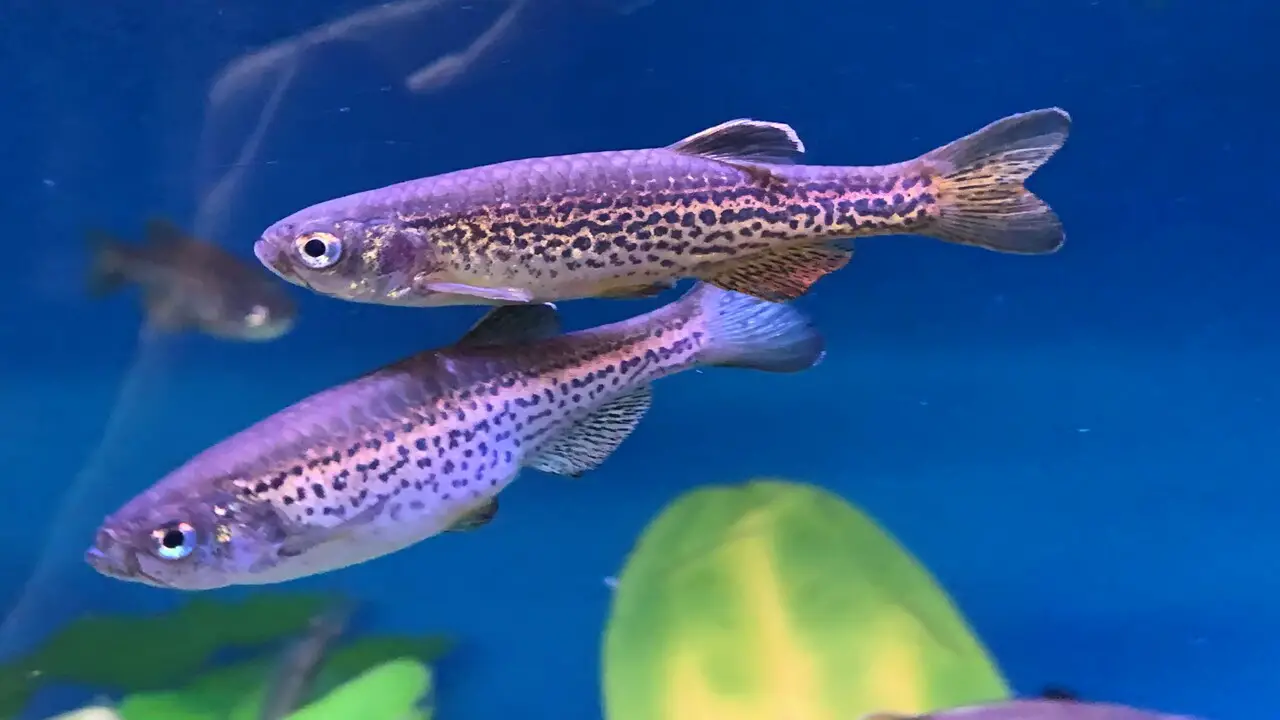
To successfully breed Leopard Danios, creating the right conditions for spawning is essential. These fish prefer a clean and well-aerated aquarium with plenty of hiding spaces like plants or rocks. Maintaining a water temperature of 75-79°F and a pH between 6.5-7.0 is crucial for optimal breeding.
Setting up a separate breeding tank can increase the success rate by protecting the eggs and fry from other fish. Feeding the Danios a varied diet, including live or frozen foods, can also improve breeding outcomes. Consistent water changes and maintenance are important for creating a healthy environment for successful breeding.
Providing Proper Nutrition And Feeding Regime For Breeding Danios
Leopard danios are a popular freshwater fish known for their striking leopard-like spots. When providing proper nutrition and feeding regime for leopard danios, it is important to offer a balanced diet that meets their nutritional needs. These fish are omnivorous, meaning they can eat plant- and animal-based foods.
A high-quality flake or pellet food specifically formulated for tropical fish is a good staple diet for leopard danios. They can also benefit from occasional feedings of live or frozen foods such as brine shrimp or daphnia to provide variety and added nutrients.
Feeding them small amounts multiple times a day rather than one large feeding is important to prevent overheating and maintain water quality. Observing their behavior and adjusting the feeding quantity can help leopard danios receive the proper nutrition they need to thrive.
Monitoring Water Quality And Maintaining Optimal Conditions For Successful Breeding

Leopard danios are popular with aquarium enthusiasts due to their vibrant colors and active nature. However, it is important to monitor the water quality in their tank and maintain optimal conditions for their health and well-being. Leopard danios thrive in clean and well-maintained water, so regular water testing is essential to ensure that the ammonia, nitrite, and nitrate levels are within acceptable limits.
Maintaining a stable temperature and pH level is crucial for their overall health. Regular water changes and proper filtration are also necessary to keep the tank environment clean and free from harmful substances. By monitoring water quality and maintaining optimal conditions, you can help your leopard danios live a long and healthy life in your aquarium.
Recognizing Signs Of Successful Breeding And Egg Deposition
Breeding leopard danios can be an exciting and rewarding experience for fish enthusiasts. One sign of successful breeding is the presence of eggs. Leopard danios are egg scatterers, meaning they will lay their eggs on plants or other surfaces in the aquarium. These eggs are typically small and adhesive, sticking to the surface where they were laid.
If you notice clusters of tiny, translucent eggs in your aquarium, likely, your leopard danios have successfully bred. To increase the chances of successful breeding, provide your fish with plenty of hiding spots and plants to lay their eggs on. Maintaining optimal water conditions, including temperature and pH levels, is also important to promote a healthy breeding environment for your leopard danios.
Caring For The Eggs And Fry During The Incubation Period
Caring for the eggs and fry during the incubation period is crucial for the survival of leopard danios. These small, colorful fish are known for their ability to lay many eggs, but not all of them will successfully hatch and develop into fry. To ensure the best chances of survival, providing a suitable environment for the eggs and fry is important.
This includes maintaining water temperature and quality, providing adequate hiding places for the fry to seek shelter, and monitoring their growth and development. Regular feeding with appropriate food, such as crushed flakes or baby brine shrimp, can help support their growth. Taking proper care of the eggs and fry during this critical stage can help increase their chances of thriving and growing into healthy adult leopard danios.
Separating The Fry From Adults To Prevent Predation
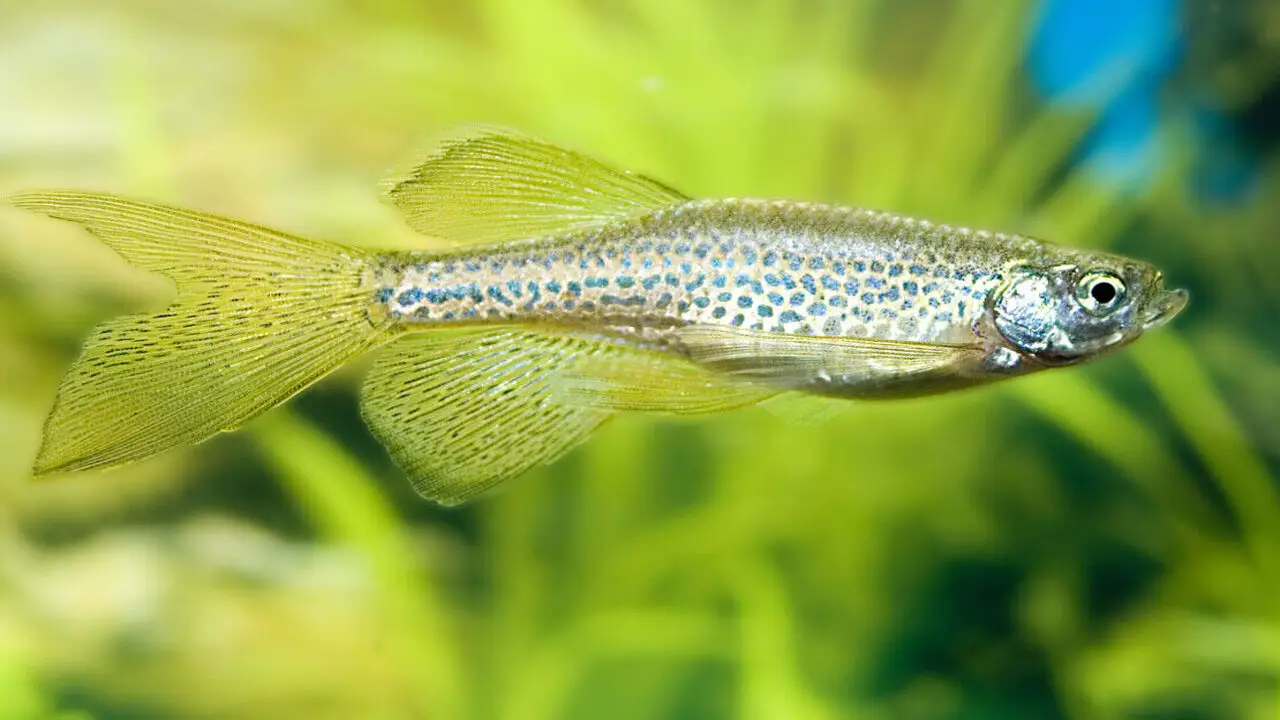
Regarding leopard danios, it is important to separate the fry from the adults to prevent predation. Leopard danios are known for their aggressive behavior towards smaller fish, including their own offspring. If left together, the adult danios may see the fry as a food source and potentially harm or even eat them.
To ensure the survival of the fry, it is recommended to provide them with a separate tank or breeding net where they can grow safely without being threatened by adult danios. This will help maintain a healthy leopard danios population and prevent unnecessary predation.
Feeding And Raising The Fry To Maturity
To ensure healthy growth and development, feeding fry is crucial. Start with live or frozen foods like baby brine shrimp or micro worms, gradually introducing commercial fry food and appropriately sized pellets as they grow. Frequent small feedings provide proper nutrition, while regular water changes and filtration maintain high water quality. Gradually increase tank size as the fry mature.
Troubleshooting Common Challenges In Leopard Danio Breeding
Leopard danios, or zebra danios, are freshwater fish popular among aquarists. Leopard danios are popular with aquarium enthusiasts due to their vibrant colors and active nature. However, like any fish, they can face certain challenges requiring troubleshooting. Here are some common issues that leopard danio owners may encounter:
- Poor water quality: Leopard danios are sensitive to changes in water conditions, so it’s important to regularly test the water parameters and ensure they are within the appropriate range.
- Fin damage: Leopard danios have delicate fins that sharp objects or aggressive tank mates can easily damage. Providing plenty of hiding spots and choosing compatible tank mates can help prevent fin damage.
- Disease outbreaks: Like all fish, leopard danios are susceptible to diseases such as ich or fin rot. Monitoring their behavior and appearance regularly can help detect any signs of illness early on, allowing for prompt treatment.
- Jumping out of the tank: Leopard Danios are known to be skilled jumpers, so having a secure lid on the aquarium is crucial to prevent them from escaping.
Being aware of these common challenges and taking proactive measures can ensure a healthy and thriving environment for your leopard danios.
Tips For Selling Or Trading Surplus Fish From Successful Breeding Endeavors
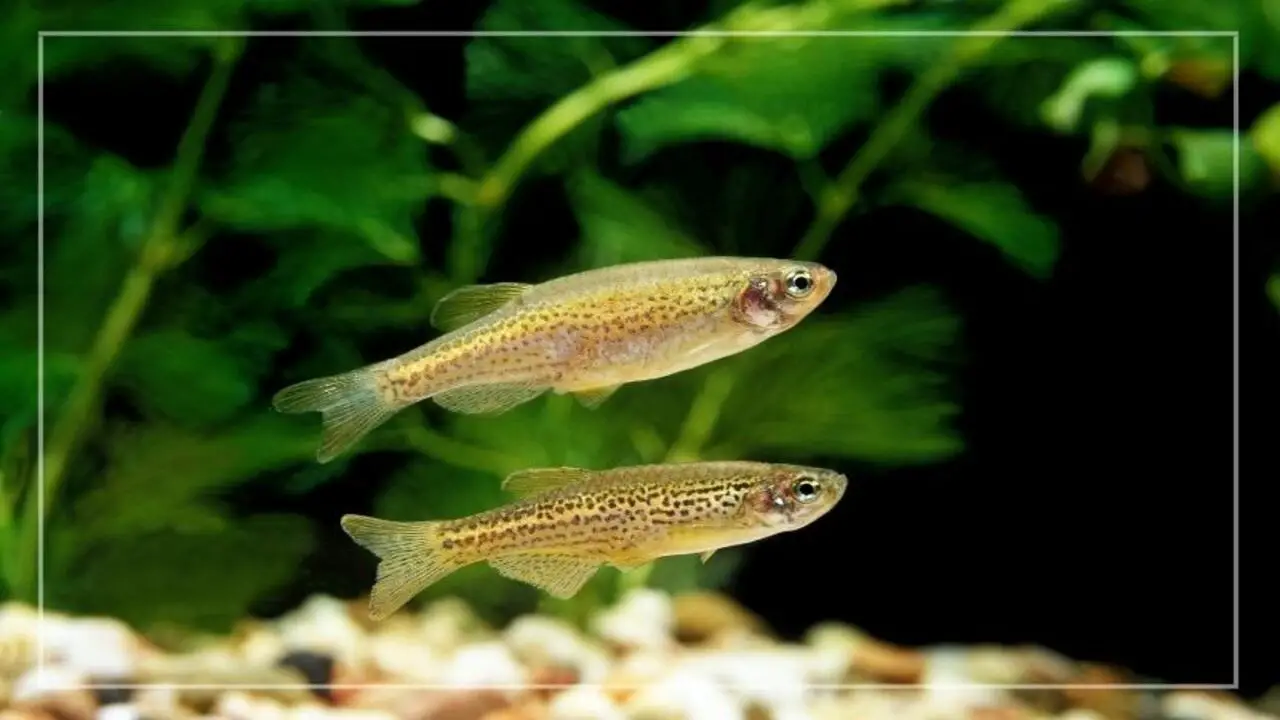
Leopard Danios, scientifically known as Danio rerio var. Frankie, are a popular freshwater fish species commonly found in aquariums. As their name suggests, these fish have a distinctive leopard-like pattern with yellow and black spots on their body. If you have surplus leopard danios and are looking to sell or trade them, here are some tips to help you find new homes for your fish:
- Research local fish stores or aquarium clubs interested in acquiring leopard danios. Contact them and inquire about their policies for buying or trading fish.
- Utilize online platforms such as aquarium forums, social media groups, or classified ads websites to connect with potential buyers or traders in your area.
- Take clear and appealing photos of your leopard danios to showcase their vibrant colors and patterns. This can attract more attention from potential buyers.
- When advertising them for sale or trade, provide accurate information about the health, size, and temperament of your leopard danios.
- Consider offering a fair price or negotiating a trade that benefits both parties.
- Ensure that you have appropriate packaging materials, such as insulated bags or containers, if you need to ship the fish to buyers in other locations.
- Prioritize the well-being of your fish by properly acclimating them to their new environment before finalizing any sale or trade.
Following these tips can increase your chances of finding suitable homes for your surplus leopard danios while ensuring a smooth transaction process.
Conclusion
Breeding leopard danios in your aquarium can be a rewarding and fascinating experience. You can successfully breed these beautiful fish by following the right steps and providing the ideal environment. Remember to set up the perfect breeding conditions, select healthy and compatible pairs, and ensure proper nutrition and water quality.
Keep a close eye on your danios for signs of successful breeding and take the necessary steps to care for the eggs and fry. Separating the fry from adults and troubleshooting any challenges are also important. If you have a surplus of fish, consider selling or trading them to other aquarium enthusiasts. Enjoy the journey of breeding and raising leopard danios in your aquarium.
Frequently Asked Questions
What Is The Lifespan Of A Leopard Danio?
Leopard Danios typically live for 2-4 years. Water quality, diet, and tank size can influence their lifespan. These hardy fish are easy to care for, contributing to a longer life. Creating a stress-free environment ensures a healthy and happy Leopard Danio.
How Often Should You Feed Leopard Danios?
Leopard Danios should be fed in small amounts twice or thrice daily. Avoid overfeeding to prevent water pollution. Offer a variety of food types like flakes, pellets, and live/frozen foods to meet their nutritional needs.
What Do Leopard Danios Look Like?
Leopard Danios are easily recognizable by their yellow-gold body covered in dark spots. They have a striking appearance with long, slender bodies and pointed fins and tails. Their large, black eyes add to their unique and eye-catching look. Male Leopard Danios may exhibit more vibrant colors compared to females.
How Do Leopard Danios Breed?
Leopard Danios breed through egg deposition on surfaces like plants in the aquarium. The eggs typically hatch within 2-3 days at temperatures of 70-75°F. To prevent adult Danios from eating their own eggs, removing them from the breeding tank once the eggs are laid is important.
How Much Do Leopard Danios Cost?
Leopard Danios can vary in cost depending on where you purchase them. On average, these fish typically range from $1 to $3 per fish. Some suppliers may offer discounts for bulk purchases. Remember to factor in additional costs for aquarium equipment and maintenance.

Aquarium passion is all about connecting with the aquatic life and providing education to the public on the importance of these creatures. We showcase a wide variety of marine life through our exhibits as well as working with schools to provide unique learning opportunities for students of all ages.

